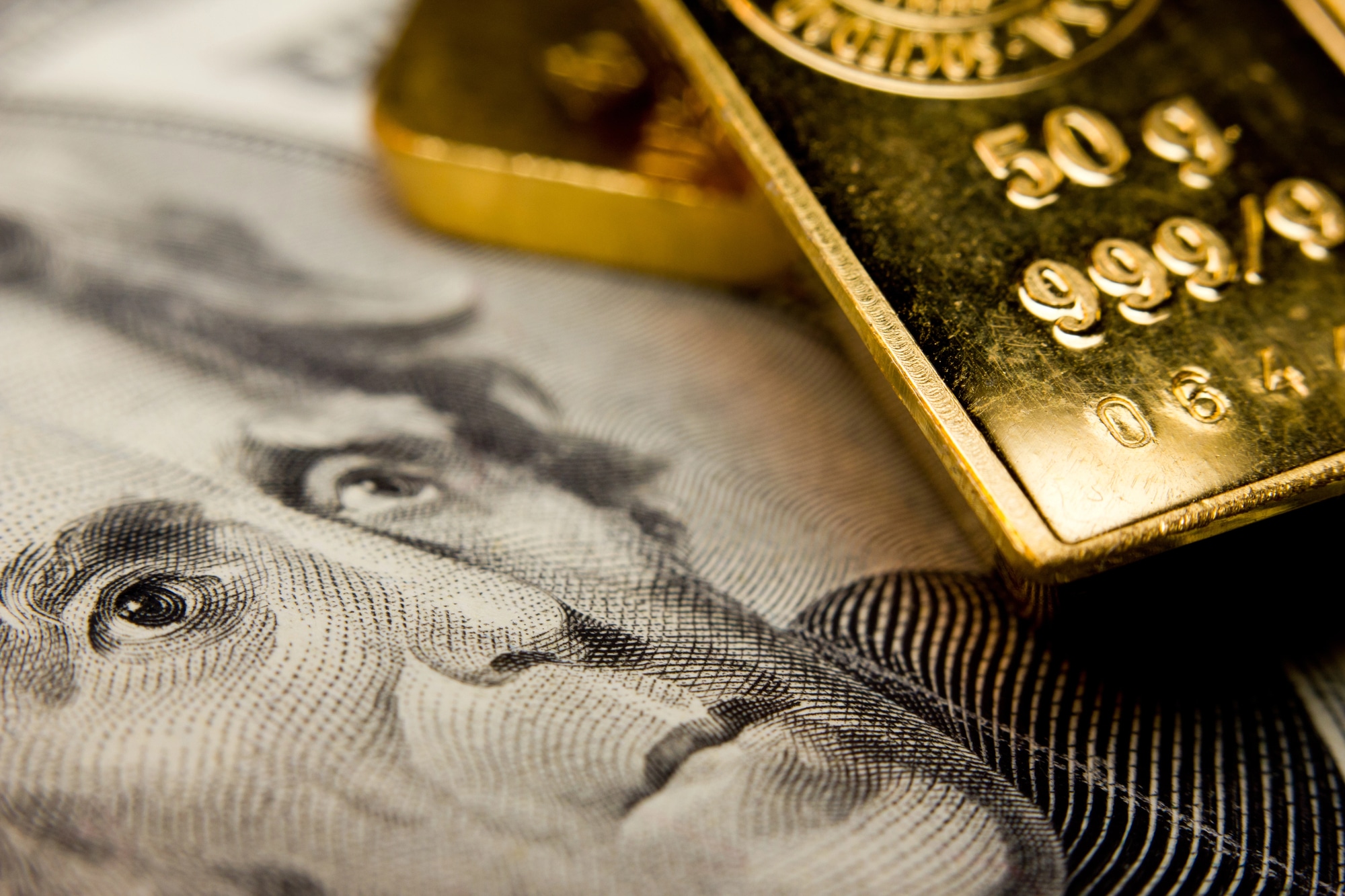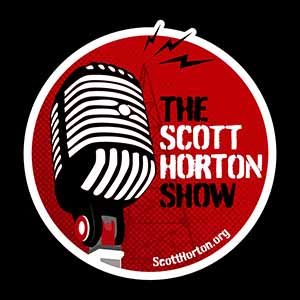From 1820 to 1914, the classical gold standard provided the monetary foundation for one of the greatest economic transformations in history. Stable prices, disciplined credit, and broad trust in long-term savings enabled railroads, canals, telegraphs, electricity, and steel construction to flourish without the distortions of modern fiat debt. The result was a century of rapid innovation and rising living standards that reshaped the modern world.
Imagine saving a dollar today and knowing it would still buy the same basket of goods in 2075. Families could plan across generations, while entrepreneurs issued bonds confident that repayment would retain its value. In such a world, skyscrapers, canals, and transcontinental railroads would not depend on subsidies or deficit spending but on the thrift of ordinary citizens
That world once existed. It was the classical gold standard. Under it, money served as a neutral medium of exchange and store of value, not a political instrument. In stark contrast, today’s fiat regime which is anchored by nothing but government decree has saddled the United States with over $37 trillion in federal debt, undermining savings and distorting markets. Sound money, not printed promises, built modern civilization.
Between 1820 and 1914, advanced economies tied their currencies to gold. Exchange rates were fixed, convertibility was enforced, and governments were constrained by the discipline of redemption. This framework coincided with the most dramatic leap in living standards in recorded history.
Inflation across the United States and United Kingdom remained remarkably low. Over a century, the purchasing power of gold-backed currency held steady, unlike the 90% decline of the dollar since 1971. Real GDP per capita grew at 1.5 to 2% annually, doubling living standards within a generation. Steam engines, railroads, telegraphs, electricity, and steel reshaped production and daily life.
A child born in 1820 lit candles and traveled by horse. Their grandchildren, by 1890, rode trains, sent telegrams across oceans, and lived in electrified cities. This transformation was financed not by central banks but by households channeling savings into long-term capital markets.
Defenders of fiat argue that public debt is essential for innovation. History suggests otherwise. The great projects of the nineteenth century were largely financed by private capital, often through small investors who trusted that their savings would not be inflated away.
The Suez Canal, completed in 1869, was funded by the subscriptions of 400,000 European shareholders who relied on gold-backed returns. The Eiffel Tower, unveiled in 1889, was built as a private venture under a concession contract, financed by bonds and equity. Even the Transcontinental Railroad—often cited as a product of government support—depended heavily on private bondholders and equity investors who demanded confidence in repayment.
These examples illustrate a central Austrian insight: sound money lowers time preference. As economist Ludwig von Mises explained, “The lowering of the rate of time preference is the source of all those phenomena which people consider as progress.” When individuals trust their savings will retain value, they are far more willing to finance multi-decade projects.
Under gold, productivity translated into falling consumer prices, a phenomenon derided by modern economists as “deflation” but better understood as the broad distribution of progress.
Textiles in Britain fell by half in price between 1830 and 1900, making clothing affordable to the working class. Kerosene in the United States, once a luxury, became a household staple. Clocks and watches, once symbols of wealth, became common possessions.
As economist Murray Rothbard observed, “Falling prices brought about by increased productivity are the mark of a progressive economy.” Real wages rose steadily because goods became cheaper relative to labor. Unlike fiat regimes, where productivity gains are siphoned into rents and bubbles, the gold standard ensured progress was widely shared.
Fiat money severs the link between savings and credit. When governments and central banks expand credit without real savings, the result is a recurring cycle of boom and bust.
The 1920s stock bubble, the dot-com mania, and the 2008 housing crisis all followed the same pattern: cheap credit sparked speculation, followed by collapse. Federal liabilities now exceed $37 trillion, while households struggle under record personal debt. Under gold, financial panics such as 1873 were sharp but short-lived. Under fiat, crises linger for decades, as bailouts and monetary expansion prevent adjustment while entrenching stagnation.
Here the Cantillon Effect comes into play. As economist Richard Cantillon observed, new money enters the economy unevenly. Those closest to the source of credit expansion—governments, banks, and financial elites—benefit first, before prices adjust. By the time money filters down to wage earners, its purchasing power has already eroded. This redistribution mechanism, expanded under fiat regimes, explains why inflation consistently enriches the politically connected at the expense of ordinary citizens.
Mises warned that once governments discover the “miracle” of credit expansion, they are unable to stop until the system collapses under its own weight. Fiat’s supposed flexibility is not stability but institutionalized plunder.
Mainstream economists often raise two charges against the gold standard: that it imposed destructive deflation and that it produced frequent crises. Both claims collapse under scrutiny.
Economist John Maynard Keynes famously dismissed the gold standard as a “barbarous relic,” arguing that price stability required active management. Monetarists like Milton Friedman claimed that tying money to gold left economies vulnerable to “money shortages” and demand shocks. Yet the record shows otherwise.
Most nineteenth century price declines were what economist Jörg Guido Hülsmann calls “growth deflation” or “good deflation”—the natural result of rising productivity, not monetary contraction. Lower prices reflected abundance, not collapse. Far from stifling growth, they allowed wages to stretch further, broadening prosperity. Financial panics did occur, but they were typically sharp and self-correcting. The Panic of 1873 was resolved within a few years. By contrast, fiat crises such as the stagflation of the 1970s or the post-2008 malaise dragged on for decades because governments refused liquidation and adjustment.
The supposed superiority of fiat in crisis management—through bailouts and monetary expansion—merely defers pain while redistributing wealth upward. It postpones adjustment, multiplies debt, and erodes public trust. In Rothbard’s words, “Inflation is a tax, a method of expropriation.” Fiat money makes that tax permanent.
The lesson of the nineteenth century remains clear: money must be rooted in scarcity and shielded from political manipulation. Whether it takes the form of gold, silver, Bitcoin, or even other scarce commodities such as platinum, the essential requirement is resistance to debasement.
For millennia, gold and silver served as reliable monetary anchors, valued for their durability, divisibility, and universal acceptance. Bitcoin, with its fixed supply and decentralized governance, mirrors the same logic in a digital age. Even platinum and other scarce metals could, in principle, serve as monetary bases if chosen by markets rather than imposed by decree.
Volatility in newer alternatives like Bitcoin reflects their youth and limited capitalization, not a flaw in the principle. What matters is the distinction, as Rothbard emphasized, between money grounded in the spontaneous choices of the market and money manufactured by government fiat. In Austrian terms, only money that emerges from voluntary exchange respects the subjective value judgments of individuals.
The transition need not be painful. In fact, as I outline in a previous article, there are clear, practical steps for transforming fiat into hard money without upheaval. By gradually reintroducing gold, silver, Bitcoin, and even other scarce commodities into monetary circulation and allowing markets to choose freely, we can restore discipline while avoiding the shocks of sudden rupture. The future of money may be plural, but so long as it is grounded in scarcity and beyond political manipulation, the path forward can be both orderly and liberating.
The Industrial Revolution did not wait for deficit spending or central bank stimulus. It was built on the foundation of sound money, which stabilized prices, rewarded thrift, and allowed private capital to finance transformative innovation.
Fiat, by contrast, breeds fragility: bubbles, debt, and erosion of savings. Every justification for fiat—flexibility, stimulus, crisis management—amounts to short-term relief at the cost of long-term instability.
As Mises warned, “There is no means of avoiding the final collapse of a boom brought about by credit expansion.” The only choice is whether that collapse leads to chaos or a restoration of discipline.
Civilization’s next leap will require money that people can trust. Money that is scarce, stable, and beyond the reach of political manipulation. The choice before us is not nostalgia versus progress, but discipline versus decay. To regain the conditions that once built the modern world, we must once again embrace sound money.














